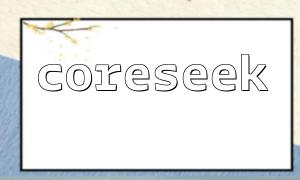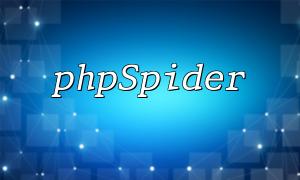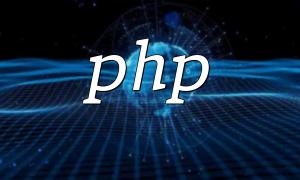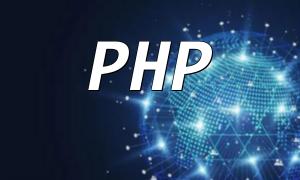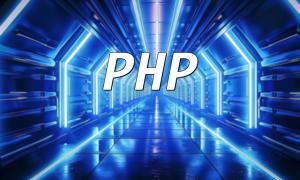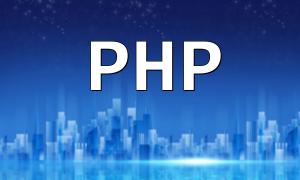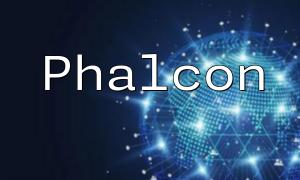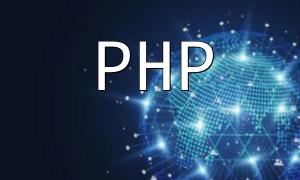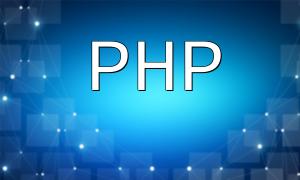Object-Relational Mapping (ORM) is a technology used to bridge the gap between object-oriented languages (like PHP) and relational databases (like MySQL). It allows data in the database to be handled in an object-oriented format, simplifying and accelerating data operations.
ORM uses domain models to represent the data in a database. A domain model is typically a hierarchy of objects, where each object represents an entity or table in the database.
ORM provides a persistence mechanism, allowing objects to be stored in the database. When the state of an object changes, ORM automatically synchronizes the changes with the database.
ORM offers a query method that is conceptually similar to traditional SQL queries. However, ORM queries use terms from the object model instead of SQL syntax.
ORM is responsible for mapping the object model to the relational database model, defining how object properties map to database tables, columns, and relationships.
class User {
// ...
}
// Create a user
$user = new User;
$user->name = 'John Doe';
$user->save();
// Read a user
$user = User::find(1);
// Update a user
$user->name = 'Jane Doe';
$user->save();
// Delete a user
$user->delete();
ORM also supports relationships between models. For example:
class User {
public function posts() {
return $this->hasMany(Post::class);
}
}
class Post {
public function user() {
return $this->belongsTo(User::class);
}
}
In conclusion, this article has covered the basic principles and practical applications of Object-Relational Mapping (ORM) in PHP frameworks. By using ORM, developers can easily implement object-to-database mapping, simplifying data operations and enhancing development efficiency.
